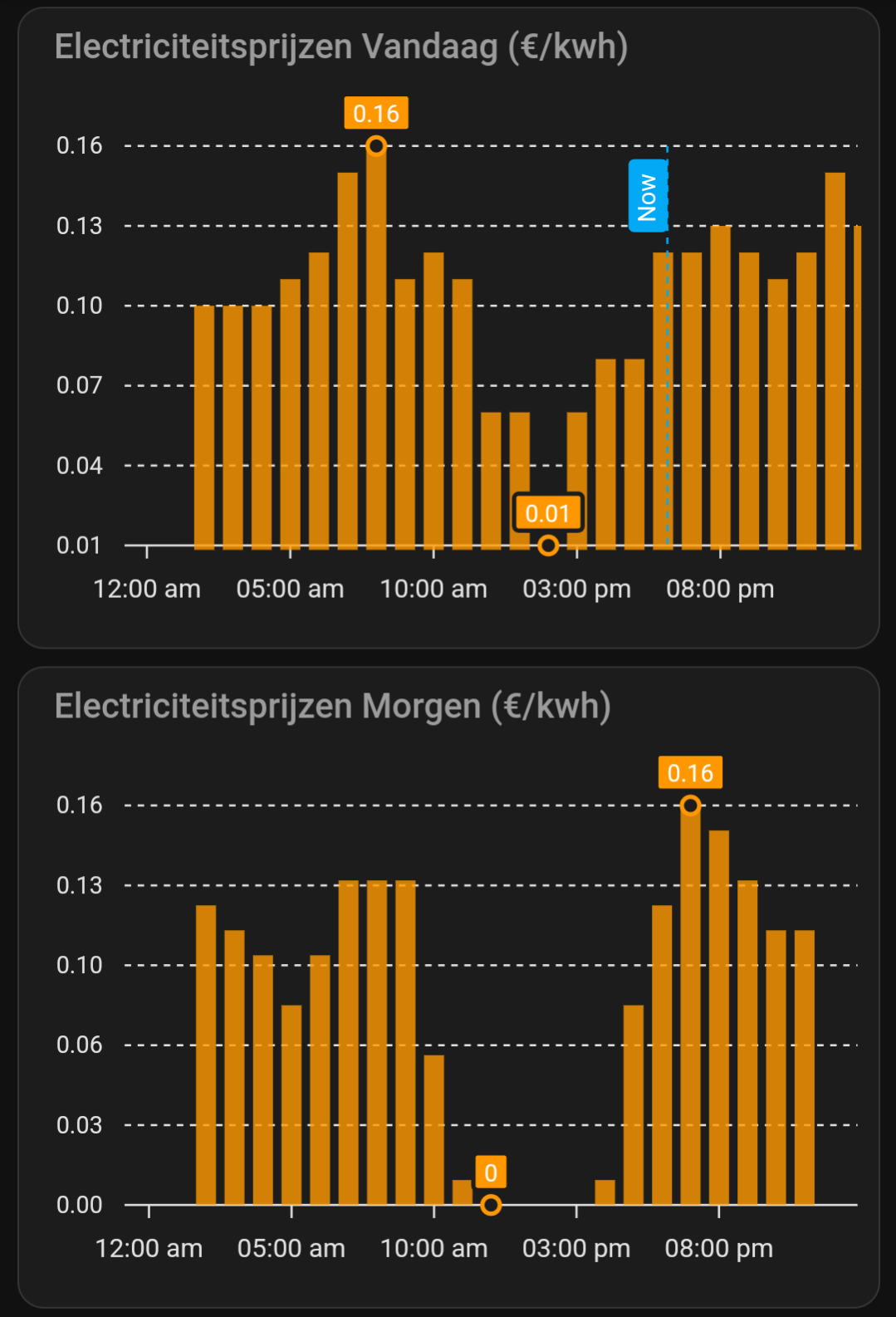My PGE bill is a little over 50c per kilowatt hour. Its starting to become like a second mortgage or car payment for some. Wondering what other people are paying for their power.
https://www.pge.com/assets/pge/docs/account/rate-plans/residential-electric-rate-plan-pricing.pdf
We have a flat monthly fee of $26.50 and usage is $0.1133/kWh (all prices US dollars). It’s also possible to have a Time of Use plan; for residential there’s still the flat $26.50 fee and then peak usage bills at $0.2345/kWh and off-peak at $0.0623/kWh. If you have a bilateral system (solar panels) the credit for power supplied during peak hours is $0.1539/kWh and off-peak is $0.0373/kWh. Integrated battery systems are not allowed if you go with Time of Use metering. For now the basic residential service (same rate all the time) credits solar production at the same rate as consumption, but that could change in the future.
I have no idea. Electricity, heat and hot water are included in my rent.
same as you. I wish this state would take responsibility at targeting PGE. especially since they burned down an entire town in 2018. it’s honestly the only thing that makes me consider just leaving California for back home.
It heavily depends on the season. I had a look at the live prices, and currently the price of electricity is about 0.6SEK/kWh.
However, back in 2022-2023 we had electricity prices as high as 2.7SEK/kWh.
Sadly, the EU wants a unified energy grid which will increase the cost of power.
Sweden aslo needs to upgrade the transmission infrastructure between areas

Dynamic pricing contract. Planning when to charge the car, running dishwasher etc is small effort.
Adding 5KW solar panels and a change of contract, from >€500 to something like €75. Family of 4, pretty heavy usage.
Is this exclusive or inclusive of the energy tax? IIRC that’s about €0.15/kWh in the Netherlands
Inclusive tax, but exclusive service fee, handling fee, network fee, administrative fee, etc. You get the picture.
We are getting screwed by the energy companies and the infrastructure companies. Everyone wants a piece of the pie.
At least (some of us) are getting money back, when your solar production exceeds your consumption. But that is going to change soon.
At least (some of us) are getting money back, when your solar production exceeds your consumption. But that is going to change soon.
The same thing is happening in the US. Solar panels used to be a lot more expensive to install, but the amount many utilities would pay your for excess generation was also a lot higher.
Around $90 on hot summer months and $40-$50 in winter and about $60 spring and fall. Gas goes from $120 in winter to $15-$20 the rest of the year
in bc we have two tier pricing, the first X kilowatthours per month is I think 0.08CAD (~0.05USD), the second is 0.15CAD (~0.11USD)
Our power mostly comes from hydroelectric dams, but we wheel and deal it interprovincially so within the course of a day we’ll spend some time importing and some time exporting which gives us lower rates, and lets other places run more efficiently (ie Fewer gas turbines)
Accounting for taxes and grid fees, between 0.05€ & 1.2€/kWh depending on the season.
My electric bill last month was $14.62. That’s with a $64.51 solar credit. But then I pay a $50 lease on the solar panels. I don’t understand how my utility charges with tiers so I’ll put the details here for people who know better than me:
Tier 1 first 300 kWh at $0.04088 per kWh
Tier 2 next 260 kWh at $0.04643 per kWh
Regulatory Charges 560 kWh at $0.01374 per kWh
Power Supply Adjustment 560 kWh at $0.04598 per kWh
Power Supply Administrative Adjustment 560 kWh at $0.00724 per kWh
Effective rate 14 cents per kWh here in rural Virginia. I divided my total current charges of $121.35 by the 876 kWh I used.
I haven’t kept close track for a year so I think it’s gone up again but my shared bill in Oregon typically was around $250 at I think ~14-15c/kwh. A majority of our power comes from the BPA hydro dams on the Columbia so the cost hasn’t quite skyrocketed like other areas, but Pacificorp is still trying to raise rates 20% a year.
(We are rural and also use electricity for pumping water from a domestic well, and irrigate a fairly large lawn as a wildfire break, so that is also our water bill.)
PG&E is just criminal.
If you have an area with sufficient sunlight it might be worth looking into a solar system.
With all of the tax breaks and the supply surplus if you have the space it could be very economical to add a four or five kilowatt solar set up and that would dramatically reduce your power bills.
You could even splurge a little and buy a grid tied inverter system That’s rated for 10 KW with plans to expand later as more money comes in.
I am around $450 per month in the summer, $75 in the winter. Texas. My rate is nominally $0.087 per kwh, but the taxes make it roughly twice that. I have a big house, but it is pretty energy efficient - 2015 construction with mostly Energy Star appliances. I charge a Nissan Leaf daily.
This seems backwards. Why more in the summer?
Texas gets kinda hot in the summer.
Doh. Ac. That makes sense lol
Summer is like 40C. Winter is 13C.
Texas, gets hot in the summer, needs AC.
That makes sense now lol
US, Mojave desert, SCE. Got solar and battery right before NEM3.0 and prices jumped. It’s saved me thousands although it will be a few more years before I break even.

about 150 per month for the whole family
Hot damn, I’m in the UK I’m paying what converts to $265 to power and heat a 2 bed bungalow.
15¢/kWh. Makes driving an EV really economical. I did a day trip last week and had to charge at a DC fast charge and it was 56¢/kWh. At that price it would’ve been cheaper to drive my wife’s Traverse. For reference the break even for me at $3/gal is 40¢/kWh (3.5 mi/kWh). eMPG is a joke. The real measurement is miles/dollar.
I rent a car for uber. They recently changed it so all rentals must be electric. I don’t have a way to charge at home, which means I pay 60¢/kWh to charge the car. I get about 200 miles of range for about $20.
Those who charge at home, overnight, get subsidized electricity for charging an EV, so they pay 4.2¢/kWh, or about 7% of what I pay to charge the car.
It pisses me off that this decision, to force all rental uber drivers to use EVs, was probably made by someone who lives in a house and has no idea that people who rent cars to drive uber tend to live in shitty little apartments with no at-home charging.
Not only do I pay through the nose for energy, more than I would pay for gas, I lose 1-2 hours of income per day just twiddling my thumbs in random grocery store parking lots.
And that doesn’t count the time lost driving from station to station looking for an available charger.
Renting a car to drive for uber doesn’t sound financially sustainable in the first place
It’s not.
EV driving really shines in local trips, which is the majority of most people’s driving. My husband and I have solar panels and a plug in hybrid, so his commute to work every day is essentially free for us (aside from wear and tear). If you’re regularly driving long hauls then fully EV doesn’t seem to make sense yet, but for every day driving, the trade off of having cheaper daily trips with occasional higher expenses for long hauls probably still nets a lower cost per mile.
My usual commute to work is like eight miles. I’ve considered purchasing an old leaf just to use to drive to work and back. The fact that they only get 40-100 mi round trip is negligible to the fact that I would save a decent amount of money on gas.
The trade-off turned out to be that my insurance rates and the other maintenance would more than absorb the cost savings from any gas so unless I also got rid of my primary vehicle which I’m not likely to do it would be a bad move for me.
2 car home makes having one foot in and the other out easy. I was convinced when doing the math and that battery cooling/heating tech made it to the mainstream. It’s why I never considered a hybrid or the leaf.
When I first got my EV, the DC fast charge rates weren’t that high. I was seeing an average around 35 cents/kWh. A near 50% jump in price now has me planning trips in advance not for just charging stops but a cost analysis in case it’s cheaper with gas (fuck Illinois electricity rates). The plan is still to get my wife an EV when it’s time to replace the Traverse. I hope that DC rates won’t be so bad for long trips by then so I don’t have to hear about it. She’s still unconvinced despite our summer vacation being done with entirely level 2 chargers on the way down and at our destination, then 1 DC charge to get back home.







